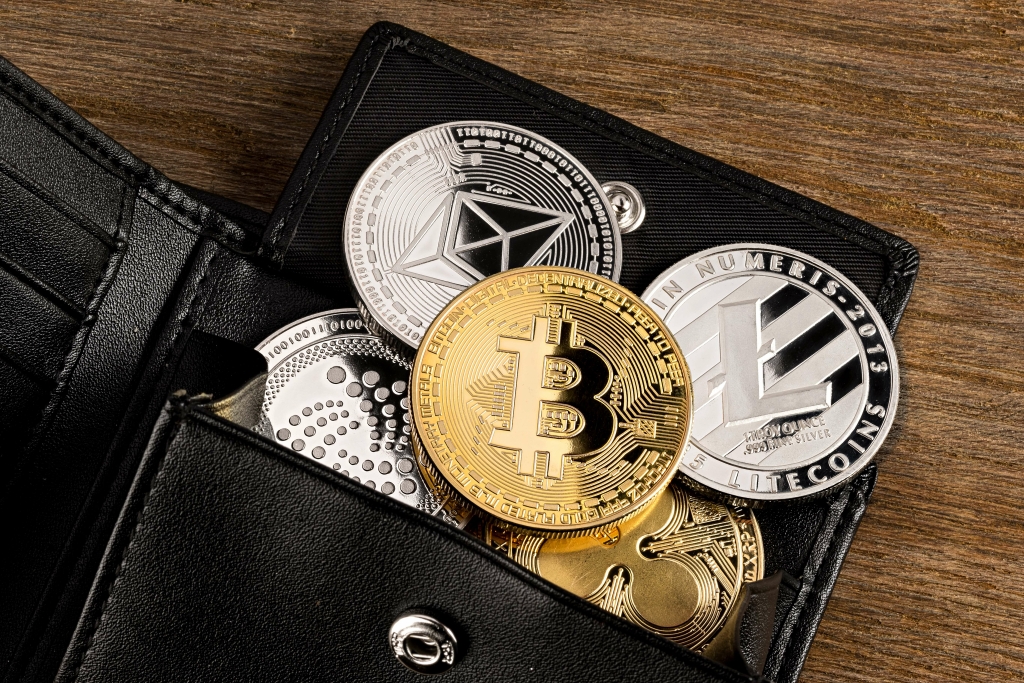
Each block confirms the validity of the previous one right back to the so called ‘genesis block’ at the start of the chain. What makes blockchain more unique is that each block contains the cryptographic hash of the previous one, thus forming What is Blockchain a chain. What a cryptographic hash does is take the data from the previous block and transform it into a compact string. Since these strings are impossible to predict it means that any tampering with the chain is easily detected.
- On a blockchain, transactions are recorded chronologically, forming an immutable chain, and can be more or less private or anonymous depending on how the technology is implemented.
- And it is maturing, as shown by Ethereum’s move to more sustainable operations.
- Blockchains such as Ethereum show how a public permissionless blockchain can be used as a highly secure and reliable distributed computer for processing conditional agreements known as smart contracts.
- Litecoin, another virtual currency based on the Bitcoin software, seeks to offer faster transactions.
- The first block has a header and data that pertain to transactions taking place within a set time period.
- This is known as a 51% attack because you need to control more than 50% of the network to attempt it.
Disadvantages of Blockchain
After the transaction is validated, it is added to the blockchain block. Each block on the blockchain contains its unique hash and the unique hash of the block before it. By integrating blockchain into banks, consumers might see their transactions processed in minutes or seconds—the time it takes to add a block to the blockchain, regardless of holidays or the time of day or week. With blockchain, banks also have the opportunity to exchange funds between institutions more quickly and securely. Given the size of the sums involved, even the few days the money is in transit can carry significant costs and risks for banks. As we now know, blocks on Bitcoin’s blockchain store transactional data.
High Energy Costs

Blockchain also facilitates secure sharing of medical data between healthcare providers, patients and researchers, and is even being recruited by genome-sequencing startups to help crack the genetic code. For banks, blockchain makes it easier to trade currencies, secure loans and process payments. This tech acts as a single-layer, source-of-truth that’s designed to track every transaction ever made by its users.
Adoption decision
However, one organization governs the network, controlling who is allowed to participate, run a consensus protocol and maintain the shared ledger. Depending on the use case, this can significantly boost trust and confidence between participants. A private blockchain can be run behind a corporate firewall and even be hosted on premises. A number of companies are active in this space providing services for compliant tokenization, private STOs, and public STOs. Each “block” represents a number of transactional records, and the “chain” component links them all together with a hash function. As records are created, they are confirmed by a distributed network of computers and paired up with the previous entry in the chain, thereby creating a chain of blocks, or a blockchain.

With this simple majority, the hackers have consensus and thus the power to verify fraudulent transactions. Blockchain’s origin is widely credited to cryptography David Chaum, who first proposed a blockchain-like protocol among a decentralized node network in a 1982 dissertation. Its first traces, however, go all the way back to the 1970s, https://www.tokenexus.com/ when computer scientist Ralph Merkle patented Hash trees, also known as Merkle trees, that makes cryptographic linking between blocks of stored data possible. Each block contains stored data, as well as its own unique alphanumeric code, called a hash. These cryptographically generated codes can be thought of as a digital fingerprint.

- Blockchains have been heralded as a disruptive force in the finance sector, especially with the functions of payments and banking.
- In addition to reducing human error, their function is to facilitate decentralization and create a trustless environment by replacing third-party intermediaries.
- PoW, the technical term for mining, is the original consensus mechanism.
- Proving property ownership can be nearly impossible in war-torn countries or areas with little to no government or financial infrastructure and no Recorder’s Office.
- Each block contains stored data, as well as its own unique alphanumeric code, called a hash.
- A smart contract defines conditions for corporate bond transfers, include terms for travel insurance to be paid and much more.
- They feature selective transparency, which allows blockchain admins to restrict specific parts of the blockchain to certain participant pools while maintaining public visibility over the rest of the thread.
- Each works on their own blocks, trying to find a solution to the difficulty target, using the “nonce,” short for number used once.
- They would need to control a majority of the network to do this and insert it at just the right moment.
- For example, we use ledgers in real estate to store a house’s records, such as when alterations were made or the house was sold.
- The linking of blocks isn’t the only thing that keeps the chain secure, however.